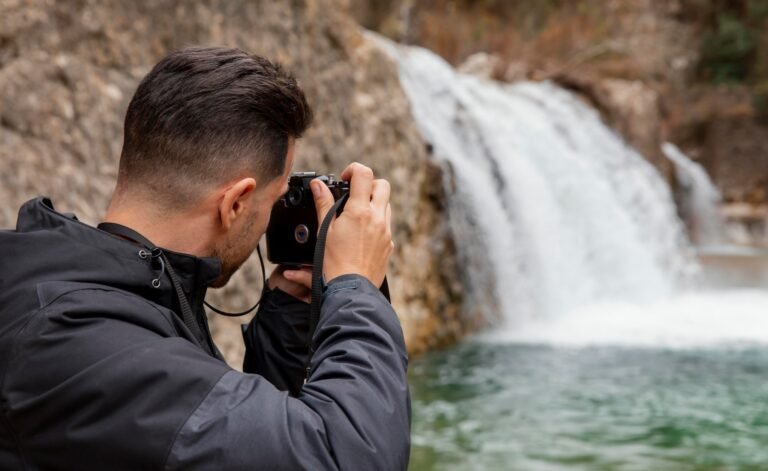
professional photos using natural light
Taking professional photos using natural light can create stunning results with a beautiful, soft, and natural look. Here are some key tips to help you achieve professional-quality photos using natural light:
1. Understand the Quality of Light
– Soft Light vs. Harsh Light: Soft light, typically found during early morning, late afternoon, or on cloudy days, produces gentle shadows and even illumination. Harsh light, from direct sunlight around midday, creates strong shadows and can be challenging to work with.
– Direction of Light: Side lighting or backlighting can add depth and dimension to your subject, while front lighting tends to be more flat. Experiment with different angles to see how the light interacts with your subject.
2. Use of Reflectors
– White Reflectors: Reflectors bounce natural light back onto your subject, filling in shadows and creating a more balanced exposure. They can be especially useful in shaded areas or when photographing subjects with uneven lighting.
– Silver or Gold Reflectors: Silver reflectors provide a cooler fill light, while gold reflectors add warmth. Choose reflectors based on the desired mood and tone of your photograph.
3. Time of Day Matters
– Golden Hour: The hour after sunrise and before sunset (golden hour) offers soft, warm, and directional light that enhances textures and adds a pleasing warmth to your photos.
– Blue Hour: Just before sunrise and after sunset, the sky takes on a deep blue hue, providing a unique opportunity for atmospheric and moody shots.
4. Positioning Your Subject
– Backlighting: Position your subject with the light source behind them to create a glowing effect around the edges (halo effect) and emphasize their silhouette.
– Side Lighting: Place the light source to the side of your subject to create depth and enhance textures, casting gentle shadows that add dimension.
5. Watch for Shadows and Highlights
– Avoid Harsh Shadows: Position your subject in a way that minimizes harsh shadows on their face or body, unless you’re intentionally creating dramatic effects.
– Highlight Control: Watch for blown-out highlights, especially in bright sunlight. Adjust your exposure settings or use diffusers to soften the light if necessary.
6. Use of Diffusers
– Natural Diffusion: Cloud cover naturally diffuses sunlight, creating soft, even lighting conditions ideal for portraits and close-ups.
– Artificial Diffusers: Use translucent materials such as curtains, sheets, or purpose-built diffusers to soften harsh sunlight and create a more flattering light for your subject.
7. Experiment and Practice
– Trial and Error: Experiment with different angles, times of day, and positions of your subject relative to the light source. Learn how each variable affects the mood and quality of your photos.
– Practice Patience: Natural light can change rapidly, so be patient and ready to capture the perfect moment when the light conditions are just right.
By mastering these techniques and principles, you can harness the power of natural light to create professional-quality photos that are visually compelling, naturally beautiful, and evoke emotions. Remember, practice and observation of light are key to becoming proficient in using natural light effectively in your photography.






